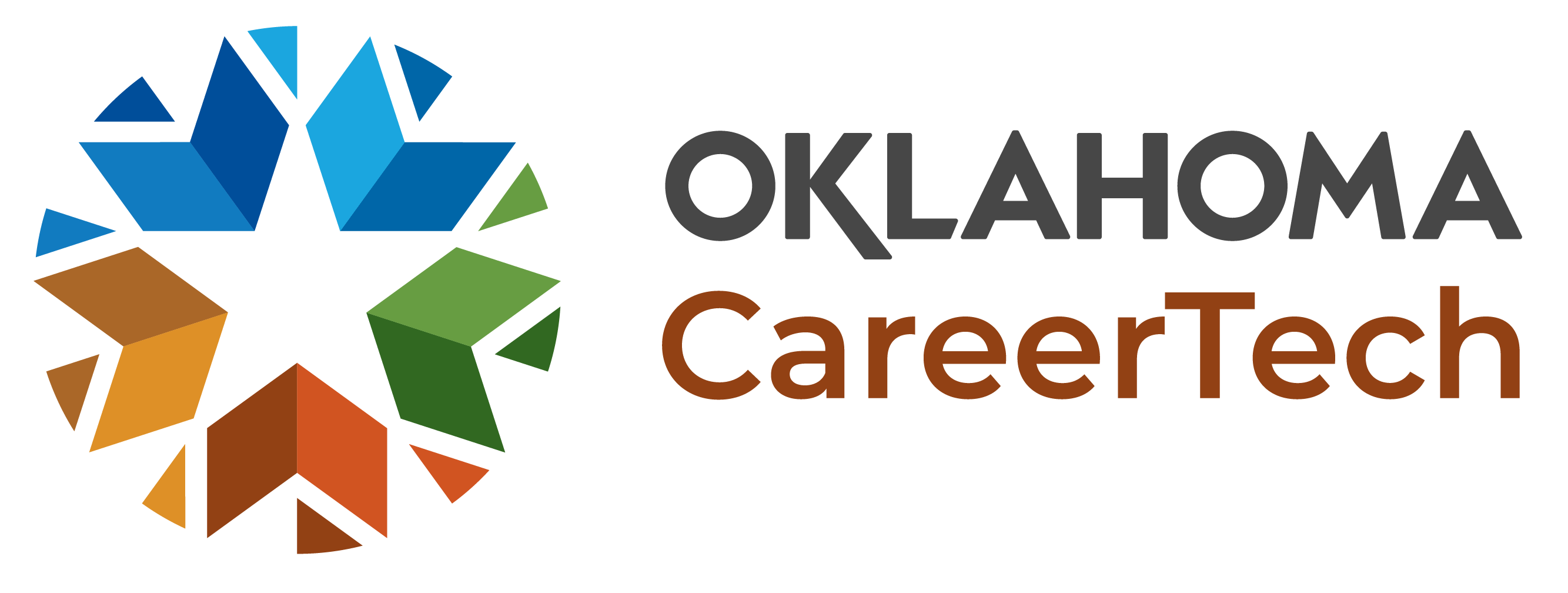HSTW Key Practices
Why HSTW Works -- Since 1987, SREB has worked with state, district and school leaders and teachers to continuously improve the HSTW framework of proven tools, strategies and structures. As HSTW has grown, SREB has updated HSTW’s key practices to reflect rising workplace requirements and a stronger emphasis on creating learning experiences that connect academic and career pathway instruction to postsecondary education and well-paying jobs. Schools that adopt these nine practices create supportive, rigorous learning environments in which students are motivated to succeed.
Nine Key Practices:
1. All students complete a sequence of at least four Advanced Placement, International Baccalaureate, honors or career pathway courses taught in conjunction with a college-ready core. Career pathways lead from high school to postsecondary programs and good jobs. The college-ready core includes four math courses tailored to students career goals — either Algebra I, geometry and two career-related math courses or Algebra II and higher math for students pursuing careers in STEM. In all courses, in every discipline, rigorous assignments and high-quality instruction help students master readiness standards.
2. Schools provide teachers with ongoing professional development designed to help all students master the foundational literacy and math skills that lead to success in postsecondary education and the workplace.
3. Schools extend learning time in order to provide support to students who need help mastering foundational academic, technical, technological, cognitive and workplace skills.
4. Schools offer specialized literacy and math readiness courses to eighth- and ninth-graders who do not meet readiness benchmarks for high school and to seniors who do not meet college- and career-readiness benchmarks.
5. Career pathway teachers create standards-driven, real-world, project-based assignments that require students to apply a mix of academic, technical, technological, cognitive and workplace skills to complete.
6. With the support of caring employer and community partners, students participate in structured work-based learning experiences — like worksite tours, job shadows, internships and capstone projects — that help them make the connection between the classroom and the real world of work.
7. Teachers and counselors deliver academic and career counseling and career exploratory experiences that help students and parents understand their interests and aptitudes and develop personalized programs of study that reflect their postsecondary and career goals.
8. During a redesigned senior year, eligible students can earn up to 30 college credits or an advanced credential. Struggling students take readiness courses in which they master college- and career-ready literacy and math skills.
9. Schools cultivate a culture of continuous improvement in which all personnel share responsibility for helping at least 80 percent of students graduate college and career ready.


